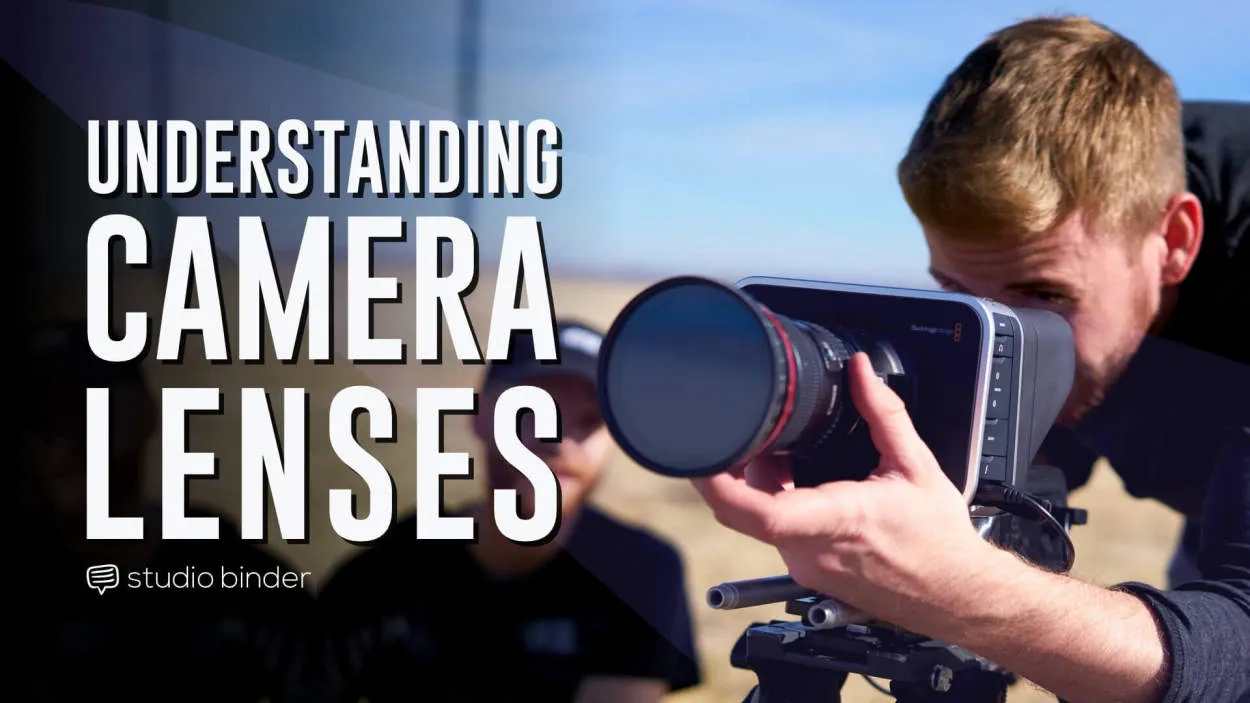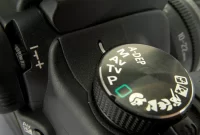If you’re new to photography, understanding camera specs can be overwhelming. In this article, we break down what matters most when it comes to choosing the right camera, helping you make informed decisions for capturing your best shots.
Important Camera Specifications for High-Quality Photos
When it comes to understanding camera specs and capturing high-quality photos, there are several key specifications to consider. These features play a crucial role in determining the overall image quality and performance of a camera. Here are some important camera specifications that you should pay attention to:
1. Megapixels
Megapixels refer to the resolution of the camera sensor. A higher number of megapixels can result in more detailed and sharper images. However, it’s essential to note that megapixels alone do not guarantee superior image quality.
2. Sensor Size
The sensor size affects the camera’s ability to capture light. A larger sensor can provide better low-light performance and dynamic range, resulting in clearer and more vibrant photos.
3. ISO Range
The ISO range determines the camera’s sensitivity to light. A wider ISO range enables you to take high-quality photos in different lighting conditions. Cameras with a good ISO performance can produce less noise and better image quality in low-light environments.
4. Lens Aperture
The lens aperture refers to the opening that controls the amount of light entering the camera. A wider aperture (lower f-number) allows more light to reach the sensor, contributing to better low-light performance and shallow depth of field.
5. Autofocus System
An advanced autofocus system helps in achieving sharp focus quickly and accurately. Look for cameras with advanced autofocus technologies, such as phase detection or dual pixel autofocus, for improved focus accuracy.
6. Image Stabilization
Image stabilization compensates for camera shake, ensuring sharp, blur-free photos. Optical image stabilization (OIS) or in-body image stabilization (IBIS) can make a significant difference, especially in situations where a tripod is not feasible.
7. Shooting Speed
The shooting speed, measured in frames per second (fps), determines how fast a camera can capture consecutive images. This specification is crucial in scenarios where you need to capture fast-moving subjects, such as sports or wildlife photography.
Understanding these essential camera specifications will help you make informed decisions when choosing a camera that aligns with your photography needs and goals. Remember that each specification contributes to the overall image quality, so it’s essential to consider them collectively rather than focusing solely on one feature.
How Sensor Size Affects Image Quality
When it comes to understanding camera specs, one of the most important factors to consider is sensor size. The size of the sensor in a camera can greatly impact the quality of the images it produces.
A larger sensor typically allows for more light to be captured, resulting in better image quality, particularly in low-light conditions. This is because larger sensors have larger pixels, which are more sensitive to light and can produce less noise.
Additionally, larger sensors offer a shallower depth of field, allowing for better control over the background blur or bokeh effect in photographs. This can create more visually appealing images with a subject that stands out from the background.
On the other hand, cameras with smaller sensors may struggle in low-light situations and may produce images with more noise. They also tend to have a deeper depth of field, making it more challenging to achieve that desired background blur.
However, it’s important to note that sensor size is not the only factor that affects image quality. Other elements, such as lens quality, image processing algorithms, and photographer’s skill, also play a significant role in capturing high-quality images.
The Role of Lens Aperture in Photography
The aperture is an essential component of a camera lens that plays a crucial role in photography. It refers to the opening in the lens that controls the amount of light entering the camera.
The aperture size is measured in f-stops and is represented by a numerical value. A smaller f-stop number denotes a wider aperture, allowing more light to enter the camera. Conversely, a higher f-stop number signifies a narrower aperture that restricts the amount of light. The aperture size directly influences the exposure of an image.
Besides exposure, the lens aperture also affects the depth of field. Depth of field refers to the range of distance in an image that appears acceptably sharp. A wider aperture (smaller f-stop number) results in a shallow depth of field, where the subject is in focus while the background is blurred, commonly used in portraits. On the other hand, a narrower aperture (higher f-stop number) creates a deep depth of field, ensuring a larger area in the frame remains sharp, often useful in landscape photography.
Understanding how the lens aperture works is crucial for photographers as it allows them to control the exposure and depth of field. By adjusting the aperture settings, photographers can achieve a desired level of light and focus on the subject, enhancing the overall quality of their photographs.
Other Factors to Consider in Camera Specifications
When it comes to choosing a camera, understanding the specifications is crucial in making an informed decision. While features like image resolution and sensor size are important, there are other factors that should also be considered. Here are a few key considerations to keep in mind:
1. ISO Range
The ISO range determines a camera’s sensitivity to light. A wider ISO range allows for better low-light performance and flexibility in different shooting conditions.
2. Autofocus System
The autofocus system is vital for capturing sharp and well-focused images. Look for a camera that offers fast and accurate autofocus capabilities, especially if you plan on shooting fast-paced subjects.
3. Burst Mode
For capturing action shots or fast-moving subjects, a camera with a high burst mode is essential. This feature enables the camera to take multiple photos in quick succession, increasing the chances of getting the perfect shot.
4. Video Recording
If you’re interested in videography, pay attention to the camera’s video recording capabilities. Look for features such as 4K resolution, frame rates, and the availability of manual controls for better control over your footage.
5. Connectivity Options
Consider the camera’s connectivity features, such as built-in Wi-Fi or Bluetooth, which allow for easy transfer of images to other devices or instant sharing on social media platforms.
6. Battery Life
A long-lasting battery is essential, especially if you plan on shooting for extended periods or when traveling. Check the camera’s battery life specifications to ensure it meets your needs.
Remember, while these factors are important, the best camera for you ultimately depends on your specific photography needs and preferences. Take the time to research and compare different models to find the perfect one that suits you.
Conclusion
In understanding camera specs, it is important to focus on the key factors that truly matter. Features such as resolution, ISO range, image stabilization, and lens quality should be prioritized to ensure optimal image capture. By understanding these specifications, photographers can make informed decisions when choosing a camera and achieve better results in their photographic endeavors.




